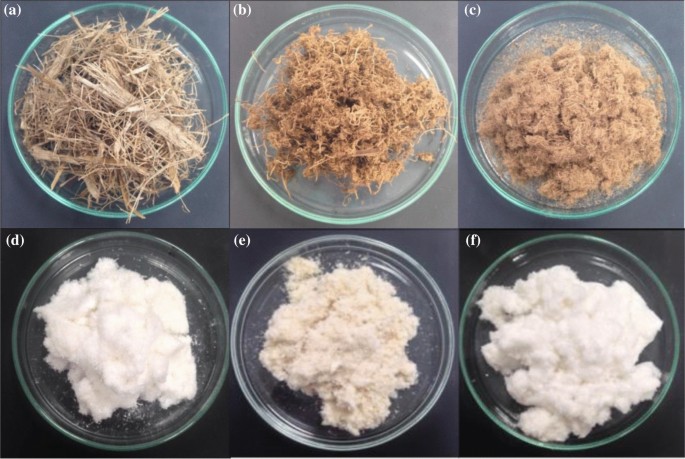How Sugarcane Product Is Changing the Global Sweetener Industry
Wiki Article
The Journey of Sugarcane: From Harvest to Everyday Products
The journey of sugarcane is a multifaceted procedure that begins with careful growing and finishes in a range of products that penetrate our daily lives. As we discover the various elements of sugarcane's journey, its duty in sustainability and the wider implications for our atmosphere come into sharper emphasis.Cultivation of Sugarcane
The growing of sugarcane is a crucial farming process that calls for specific ecological conditions and administration practices. Ideal development occurs in exotic and subtropical regions where temperature levels range in between 20 ° C and 32 ° C. Adequate rainfall or irrigation is important, as sugarcane thrives in damp soil with well-drained problems (sugarcane product). Soil quality significantly affects yield; hence, farmers typically perform soil examinations to determine nutrient demandsThis method helps with efficient harvesting and takes full advantage of sunlight exposure. Crop rotation and intercropping are recommended practices to boost dirt fertility and lower parasite problems.
Prompt application of these fertilizers can dramatically enhance sugar yields. Generally, successful sugarcane farming hinges on a mix of environmental stewardship, critical planning, and ongoing administration practices.
Collecting Techniques
Effective sugarcane cultivation finishes in the harvesting stage, which is pivotal for maximizing yield and ensuring high quality. The timing of the harvest is crucial; sugarcane is normally harvested when sucrose degrees optimal, typically between 10 to 18 months after growing. This period differs based upon environment, soil kind, and sugarcane selection.Gathering techniques can be broadly classified into guidebook and mechanical techniques. Manual harvesting is labor-intensive, counting on skilled workers who make use of machetes to cut the stalks short. This technique enables selective harvesting, where just the ripest walking sticks are picked, therefore improving total sugar content.
On the other hand, mechanical harvesting has actually obtained popularity because of its effectiveness and cost-effectiveness. Specialized farmers equipped with cutting knives and conveyor systems can process big locations swiftly, significantly decreasing labor expenses. Nevertheless, this technique might bring about the inclusion of immature canes and a potential decrease in sugar high quality.

No matter the technique utilized, making sure that gathered canes are transferred rapidly to processing facilities is important. Prompt taking care of decreases perishing and protects the stability of the sugarcane, setting the stage for ideal processing.
Handling Approaches
Processing sugarcane involves numerous important steps that transform the collected stalks right into usable items, mostly sugar and molasses. The preliminary phase is cleaning the cane to get rid of dirt and debris, adhered to by the extraction of juice through squashing or milling. This process typically uses heavy rollers that damage the walking stick fibers to release the wonderful liquid had within.When the juice is extracted, it goes through clarification, where contaminations such as soil fragments and bagasse are removed. This is commonly accomplished by adding lime and warming the juice, enabling sedimentation. The cleared up juice is then focused via evaporation, where water material is decreased, causing a thick syrup.

Inevitably, the processing of sugarcane not only generates sugar and molasses but likewise lays the groundwork for numerous by-products, which will be checked out in succeeding discussions.
Products Derived From Sugarcane
Sugarcane is a flexible plant that generates a broad variety of items beyond just sugar and molasses. Among the key byproducts are ethanol and biofuels, which have acquired importance as renewable resource sources. Ethanol, created with the fermentation of sugarcane look at this web-site juice, acts as an alternative to fossil fuels and is usually blended with gasoline to create cleaner-burning fuels, minimizing greenhouse gas exhausts.In addition, sugarcane is a significant source of bagasse, the fibrous residue remaining after juice extraction. Bagasse is used in different applications, including the production of paper, eco-friendly product packaging, and as a biomass gas for power generation. Its usage not just minimizes waste yet additionally boosts the sustainability of sugarcane handling.
Additionally, sugarcane-derived products encompass the food industry, where it offers as an all-natural flavoring agent and sugar in numerous cooking applications. In the realm of cosmetics, sugarcane extracts are included into skin care items because of their natural exfoliating homes.
Environmental Influence and Sustainability
look at here now The farming and handling of sugarcane have considerable effects for ecological sustainability. This plant requires considerable water sources, often causing deficiency of neighborhood water materials and impacting bordering environments. In addition, making use of fertilizers and pesticides in sugarcane farming can lead to dirt destruction and waterway air pollution, positioning threats to biodiversity.
Lasting sugarcane farming also advertises dirt wellness through crop rotation and reduced tillage, enhancing carbon sequestration. The adoption of these practices not just supports ecological honesty yet additionally boosts the resilience of farming neighborhoods against climate adjustment.
Conclusion
In recap, the journey of sugarcane includes numerous stages from cultivation to processing, inevitably leading to a large range of products. The importance of sugarcane prolongs beyond mere sweeteners, contributing to sustainable energy with ethanol manufacturing, lasting product packaging by means of bagasse, and all-natural extracts for cosmetics. This complex crop plays an essential function in both dietary enrichment and environmental sustainability, highlighting its value in contemporary farming and industrial methods.Effective sugarcane growing finishes in the gathering phase, which is pivotal for optimizing yield and making sure top quality. The timing of the harvest is essential; sugarcane is typically harvested when sucrose levels peak, usually in between 10 to 18 months after growing.Handling sugarcane entails several critical steps that transform the gathered stalks right into useful products, mainly sugar and molasses.Sugarcane is a flexible crop that produces a wide array of products beyond simply sugar and molasses. Furthermore, the use of plant foods Full Article and chemicals in sugarcane farming can result in dirt degradation and waterway contamination, presenting dangers to biodiversity.
Report this wiki page